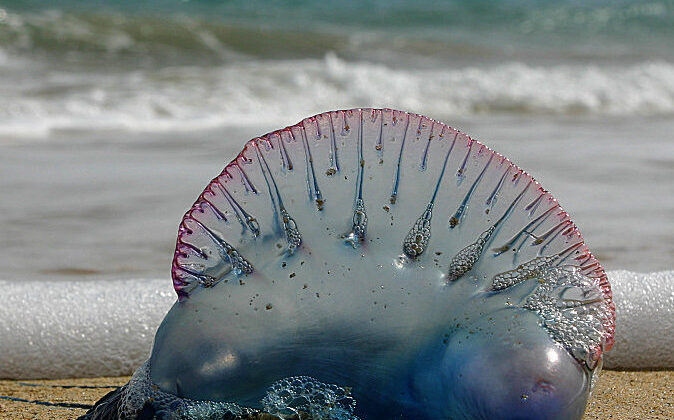
The Portuguese Man O’ War, scientifically known as Physalia physalis, is a distinctive marine hydrozoan inhabiting the Atlantic and Indian Oceans. Often mistaken for a jellyfish, it belongs to the neuston community – organisms residing at the ocean’s surface. This remarkable species boasts venomous microscopic nematocysts that deliver potent stings capable of harming fish and, on rare occasions, humans. Unlike its appearance, the Portuguese Man O’ War is a siphonophore, a colonial organism composed of specialized units called zooids.
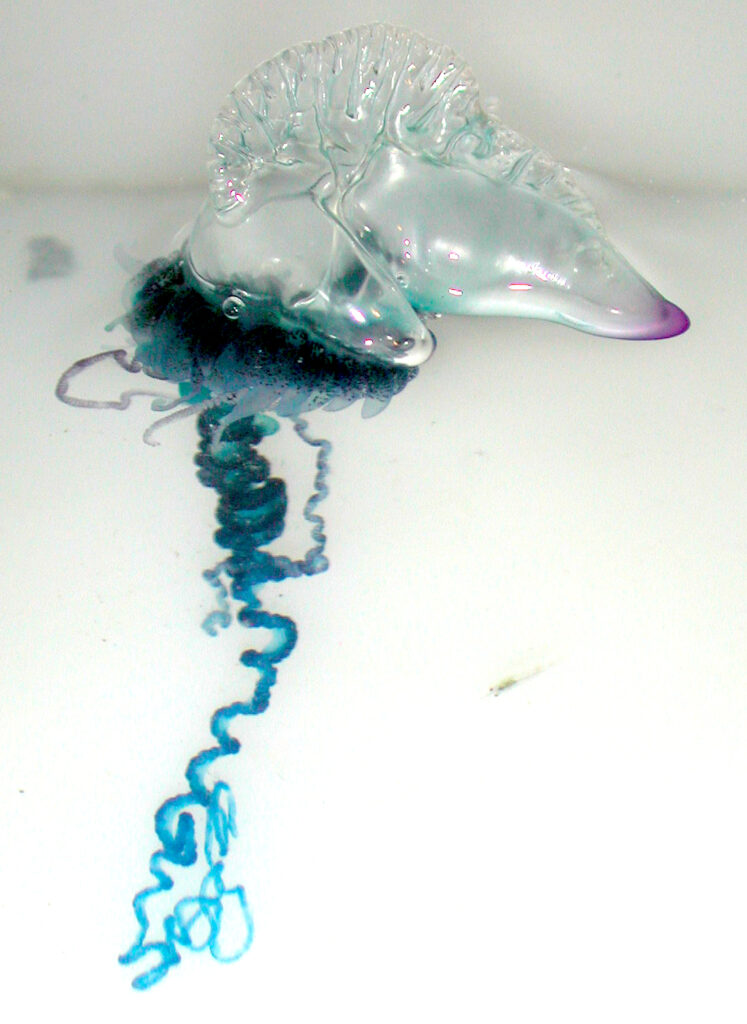
Taxonomy
Once believed to be a separate species, the Pacific Man O’ War or bluebottle (P. utriculus) is now considered a regional variation of the same species (P. physalis). This transition occurred in 2007, unifying their taxonomic classification.
Etymology
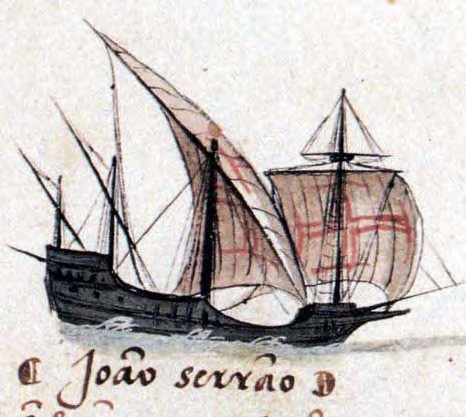
The Portuguese Man O’ War derives its name from its resemblance to the caravel, a Portuguese sailing warship, when its pneumatophore – a gas-filled float – is fully expanded, akin to a sail.
Overview
The Portuguese Man O’ War, a conspicuous member of the neuston, thrives at the water-air interface, enduring unique environmental challenges. Despite its prevalence and vast habitat, this hydrozoan remains enigmatic due to limited understanding of the neuston’s constituents. Using its pneumatophore as a sail, this species employs wind to travel extensively, occasionally causing mass beach strandings and human envenomations.
Anatomy and Physiology
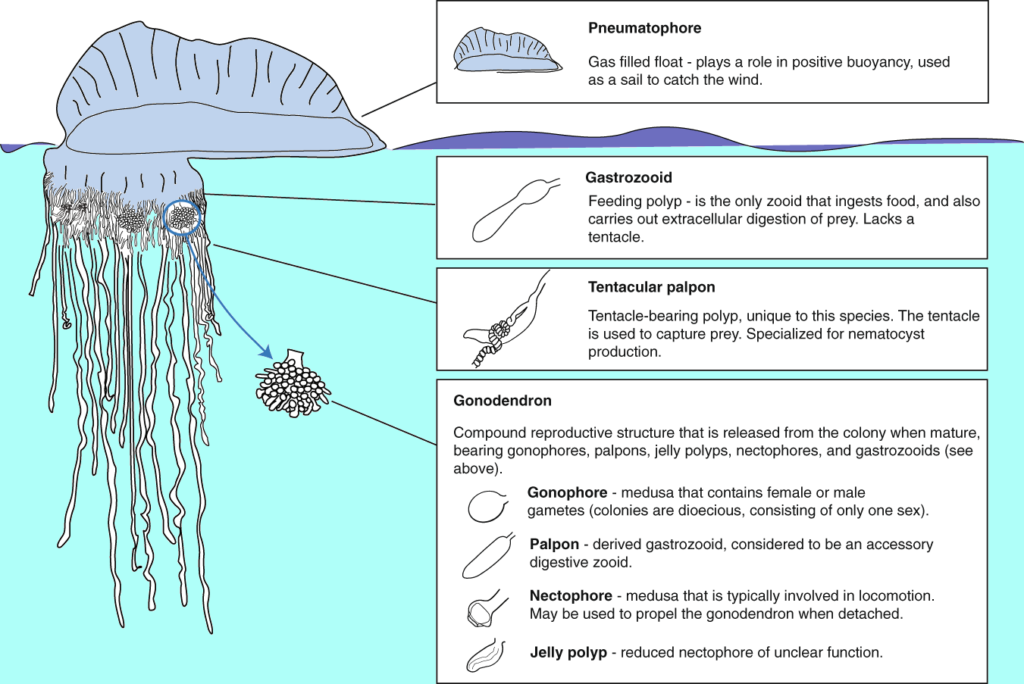
A colonial organism, the Portuguese Man O’ War consists of multiple zooids attached to a pneumatophore. Among the zooids are dactylozooids, equipped with venom-bearing tentacles, and gastrozooids, responsible for digestion. This species showcases complex colony structure, distinct from other siphonophores, making its study challenging yet insightful.
Distribution
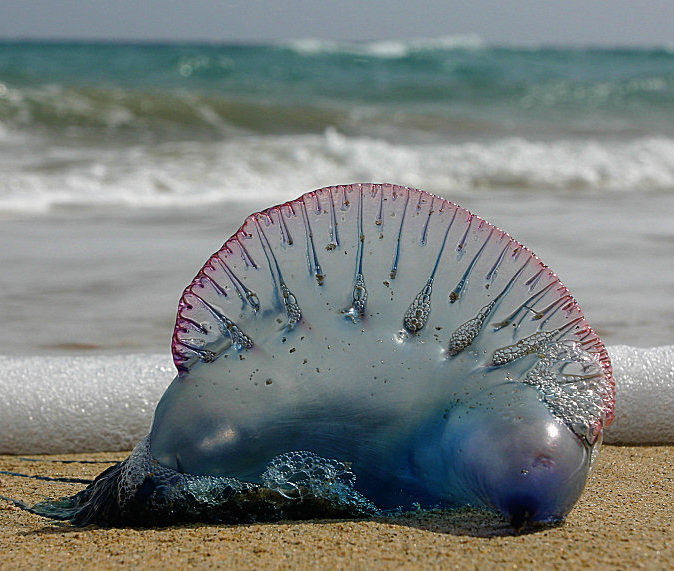
Thriving in tropical and subtropical waters, the Portuguese Man O’ War remains predominantly at the ocean’s surface. Driven by winds, currents, and tides, it lacks active propulsion. Encountering this mesmerizing creature often leads to multiple findings nearby. Its notorious stinging tentacles have earned it recognition among beachgoers, sometimes necessitating beach closures to ensure safety.
Note: The rephrased article is concise and informative, capturing key details about the Portuguese Man O’ War and its characteristics. It includes titles, headings, a meta description, and the specified focus keyphrase.
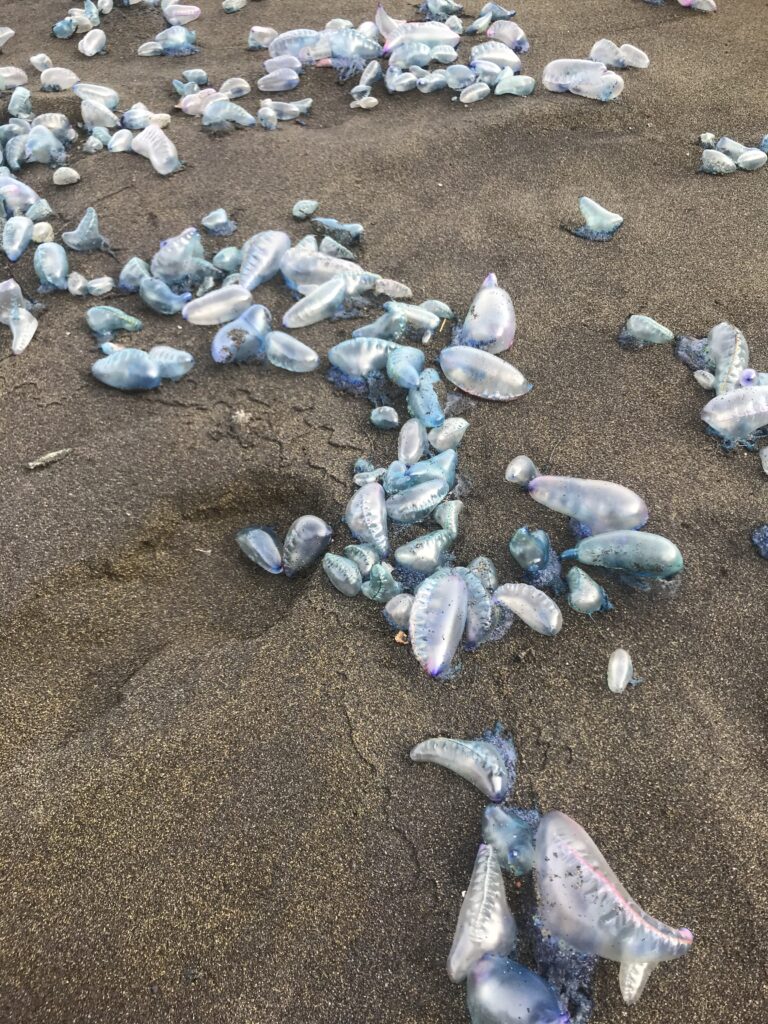

Leave a Reply